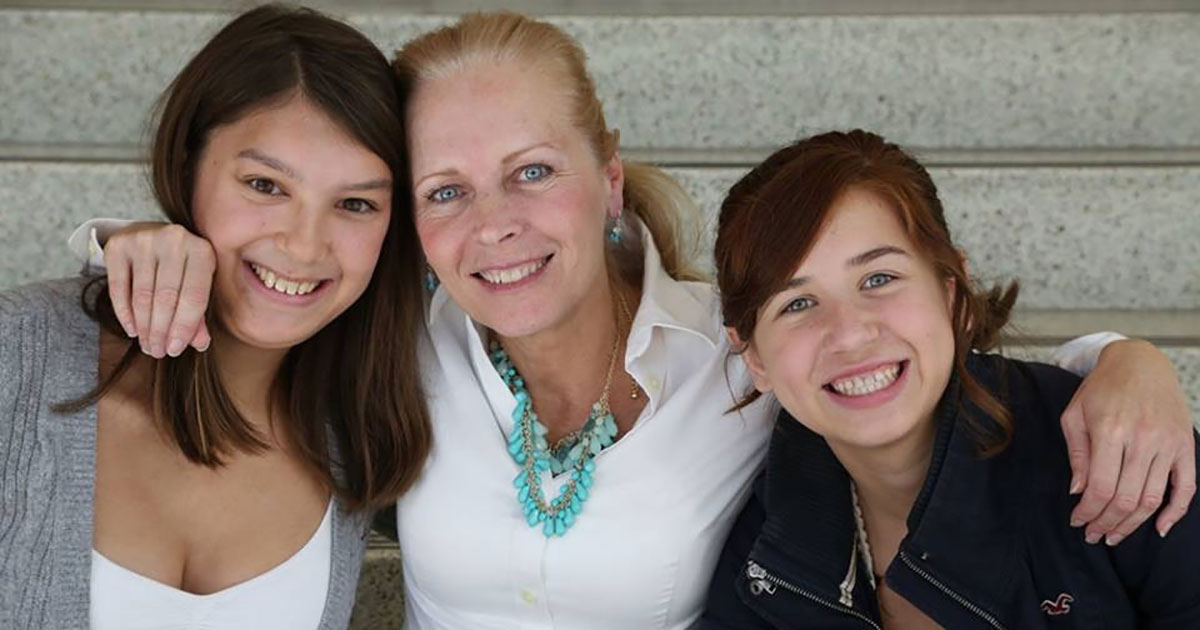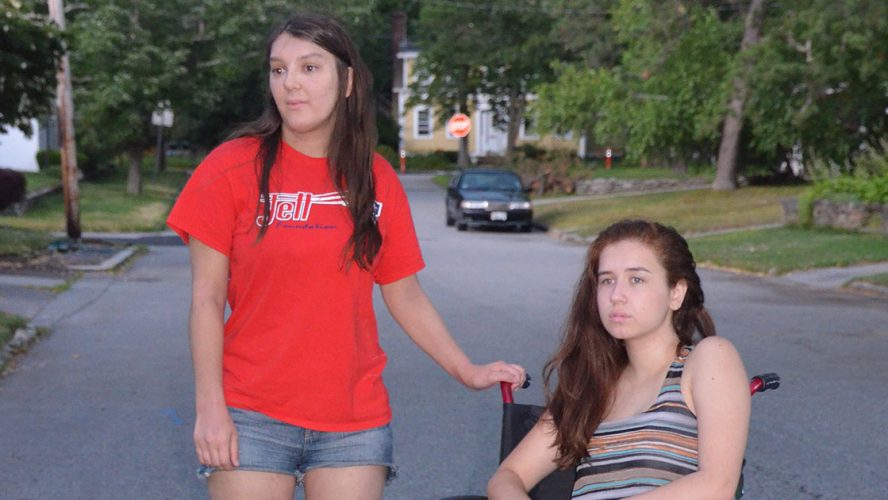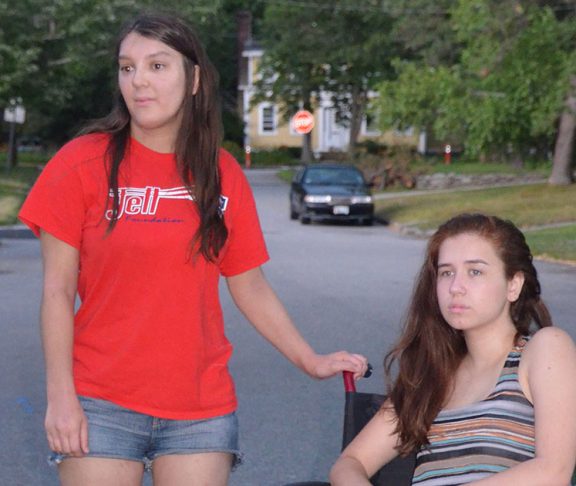For all of my childhood and many years of my adult life, I believed what most people believe: when you or your child is sick, you go to the doctor and are promptly diagnosed and treated. We had broken bones, flu, strep and the usual suspects growing up. Looking back, I think how easy our family was to treat. Who would ever imagine the journey of someone with a rare disease?
In the beginning
When my daughter, Olivia, was two, she presented with some light brown spots on her torso, neck and back of her legs. I took her to several doctors, but the answers I was hearing did not fit with what I was seeing in my child. I kept searching and eventually found a doctor that diagnosed her with Hypermelanosis of Ito (HI), or pigmentary mosaicism. They told me it was purely cosmetic for Olivia.
Olivia was always sick growing up, which was in stark contrast to her sister, Hana, who was never sick. Olivia had lots of ear infections and sinus infections. After various visits to different otolaryngologists and many sets of tubes, scans and sinus surgeries, I took her to an allergist because I suspected her issues stemmed from allergies. Olivia was allergic to everything. She was put on an aggressive allergy regimen and our life got easier.
A turn for the worse
I watched Olivia become a Division I doubles tennis player, even though she had deformed hands and feet, a condition of her HI. Hana was thriving as well. Overnight, everything changed. Olivia, an athlete, could no longer walk without severe pain. Her teeth were falling out. Still, I had faith in the medical system. We again went to many different doctors looking for answers. They had none.

Olivia was 18 years old and her dream of going to college was postponed until we found some answers. In an accidental finding, Olivia’s radiologist noticed Olivia had Chiari malformation. I started putting together all the symptoms Olivia had over the years and the ones she had now. After a lot of research, I suspected she had Ehlers-Danlos Syndrome (EDS). I called in Hana and did the Beighton Scale, which is a measure of hypermobility used to diagnose EDS. Hana scored a 9/9 compared to Olivia’s 5/9.
An education in advocacy
A year after Olivia’s diagnosis, Hana had her first hip dislocation. My life changed from driving to tennis tournaments to driving to doctors. We went from tennis racquets to wheelchairs. From sinus surgeries to spinal cord and brain surgeries. We started the journey for answers — answers that often came as a result of my research into EDS.
When the answers are hard to come by, it is essential to advocate for your child. The answers will be found when the rare parent or patient works closely with their medical professionals. My children are now adults, and my job has become less about advocating for them and more about teaching them how essential it is for them to advocate for themselves.

